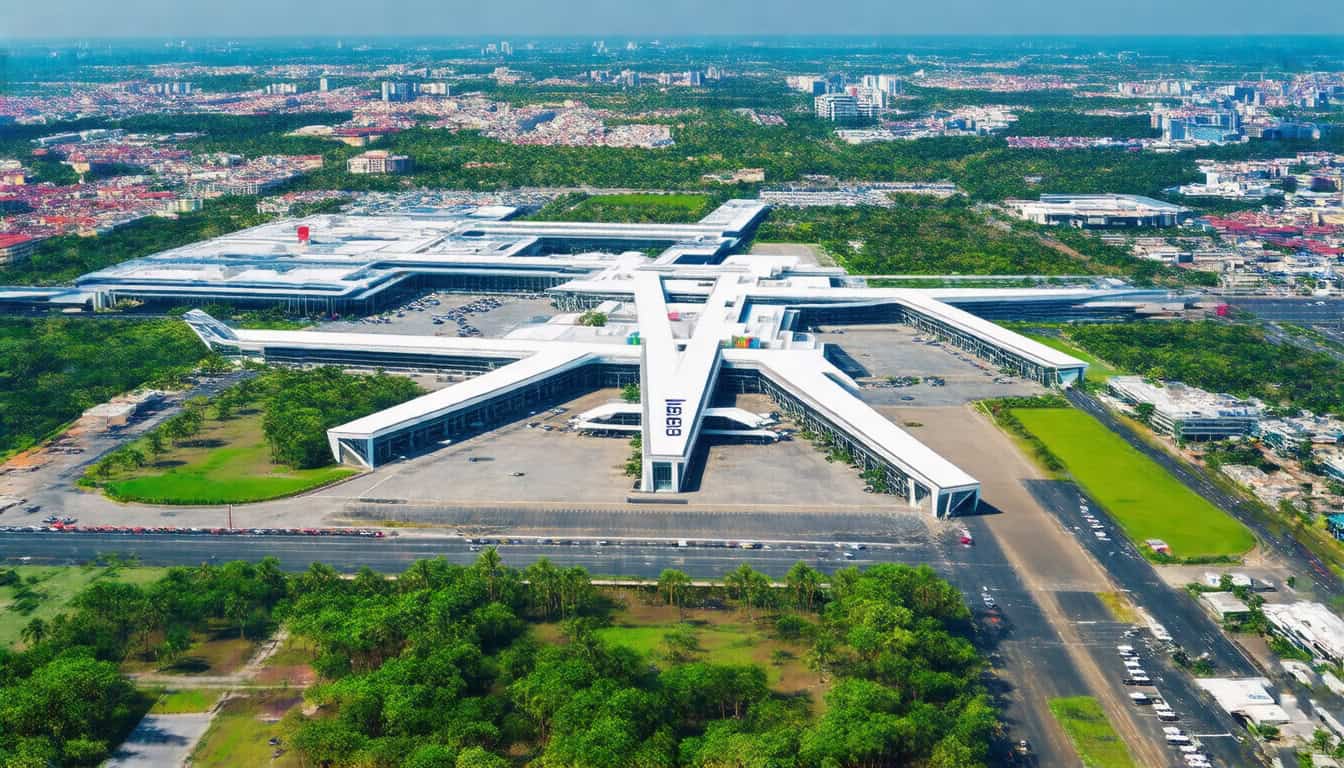Battle of the Southern Cone: A Comprehensive Look at Living and Retiring in Argentina vs. Uruguay – Costs, Advantages, and Disadvantages Revealed
When it comes to choosing between Argentina and Uruguay for living or retirement, many people wonder which country is better. Argentina and Uruguay share a rich cultural heritage, speak the same language, and enjoy similar culinary traditions, yet they differ significantly in numerous aspects. This article dives deep into a head-to-head comparison of these two neighbors, focusing on the costs of living, advantages, and disadvantages in their capital cities—Buenos Aires and Montevideo—before also comparing Mendoza and Maldonado, two towns popular among expats.
Cost of Living: Buenos Aires vs. Montevideo
Housing Costs
Housing is an essential factor impacting the cost of living. In Buenos Aires, one can rent a one-bedroom apartment in affluent neighborhoods like Palermo for approximately $800 per month. In contrast, Montevideo offers a similar apartment for an estimated $850, but its amenities tend to be superior. While Buenos Aires generally provides larger apartments within the same price range, Montevideo’s properties often come with appealing features like swimming pools and better overall conditions.
Utilities and Everyday Expenses
In addition to rent, it’s crucial to evaluate utility costs. Buenos Aires generally has a slightly lower cost of electricity, gas, and water than Montevideo. However, internet costs are comparably similar, and any differences might not be significant enough to sway the decision for prospective expats or retirees.
Healthcare
Healthcare plays a vital role in quality of life. Buenos Aires features numerous high-quality private hospitals, many of which offer services at costs lower than mid-range hospitals in the United States. Montevideo also offers good healthcare but does not have the same variety or presence of facilities that Buenos Aires provides. Access to modern and efficient medical care can influence one’s decision when relocating.
Food and Dining Out
Food prices can vary significantly between the two capitals. In Buenos Aires, dining at local restaurants remains affordable, with a meal for two often costing around $30. Montevideo, known for its high-quality meats and seafood, can present slightly higher dining costs, yet eating out here remains feasible for most budgets.
Transportation
Public transportation systems in both cities are well-developed. In Buenos Aires, bus and subway fares are economical. Montevideo also has a robust bus system, although taxi fares can be pricier compared to Buenos Aires. The choice of public transportation might wind up affecting expats and retirees as part of everyday life.
Safety: Buenos Aires vs. Montevideo
Safety can be a significant concern for anyone moving to a new country. Traditionally, many perceive Buenos Aires as more dangerous due to its larger size and urban challenges. However, crime rates have dropped significantly in recent years, with Buenos Aires maintaining a safer image than it once did. Montevideo, while still safe, is subject to tourism-related crime, especially during peak seasons.
Residents of Buenos Aires often find themselves more exposed to certain risks, while Montevideo’s smaller size offers a feeling of security in less populated areas. The streets can still be safe, especially in more affluent neighborhoods, but the differences in safety perception exist and impact the quality of life.
Pros and Cons: Buenos Aires and Montevideo
Now that we’ve looked into costs and safety, it’s essential to summarize the pros and cons of living in both Buenos Aires and Montevideo.
Pros of Buenos Aires:
- More diverse housing options.
- Greater access to healthcare facilities.
- Rich cultural life with a variety of entertainment and social activities.
Cons of Buenos Aires:
- Higher crime rates in certain areas.
- More chaos during adverse weather conditions.
- Pollution is a more significant concern.
Pros of Montevideo:
- Cleaner, less polluted environment.
- More community-oriented neighborhoods.
- A more relaxed pace of life.
Cons of Montevideo:
- Limited options for entertainment.
- Fewer housing choices in some price ranges.
- Higher costs for certain goods and services.
Living in Mendoza vs. Maldonado
While the capitals each have their attraction, Mendoza and Maldonado offer different environments and experiences, worth exploring, especially for those interested in retiring.
Mendoza:
Located near the Andes, Mendoza boasts stunning landscapes and a wine culture that attracts numerous tourists. Although its population is relatively small, Mendoza features a metropolitan area with around one million residents. Crime rates in Mendoza are generally lower compared to larger Argentinian cities, with locals reporting they feel secure.
The city thrives on wine tourism, offering a myriad of wineries and events to enjoy. Mendoza provides ample healthcare services, though patients should be prepared for longer wait times in its public hospitals.
Maldonado:
Maldonado lies along Uruguay’s stunning Atlantic coast, offering a different charm. Known for its beautiful beaches and summer tourist activities, it becomes populous during peak seasons, which can lead to increased crime rates. However, the city is also perceived as one of Uruguay’s safest locales, especially outside of tourist seasons.
Maldonado presents a unique blend of natural beauty, nightlife, and outdoor activities. Yet, its smaller size could limit some amenities compared to Mendoza.
Comparing Costs: Mendoza vs. Maldonado
Housing
Mendoza offers renting options ranging from $600 to $800 for nice apartments. The overall affordability in Mendoza, compared to seaside properties in Maldonado, can often make it an appealing option for retirees. On the other hand, renting a place in Maldonado may be slightly more expensive, particularly due to its beachside locations and amenities.
Healthcare
When it comes to healthcare, both locations provide options for residents. Mendoza boasts a well-developed healthcare system with ample private healthcare facilities, ensuring reliable services for retirees. On the contrary, Maldonado has limited healthcare options and may rely on Montevideo for significant medical services, which could affect long-term residents.
Entertainment and Lifestyle
Mendoza’s social life centers around its wine culture, with many events dedicated to wine tasting and regional festivals. This vibrant scene attracts not only locals but also visitors from Brazil and beyond. In contrast, Maldonado offers many options to enjoy the beach and seaside activities, but events may not match the frequency or variety seen in Mendoza.
Conclusion
Choosing between Argentina and Uruguay, especially their cities Buenos Aires and Montevideo, as well as Mendoza and Maldonado, requires careful consideration of individual preferences. Each location presents a unique set of advantages and challenges, and both countries cater to a wide range of lifestyles.
Argentina offers vibrant social scenes, diverse housing options, and a rich array of cultural experiences. In contrast, Uruguay presents a quieter, more relaxed lifestyle with stunning coastal beauty and a strong sense of community.
Ultimately, individuals must evaluate their priorities, such as costs, safety, entertainment, and healthcare access, to determine which option best fits their vision for living or retiring abroad. Both countries provide charm and opportunity, making either a worthy choice for a new adventure in life.






